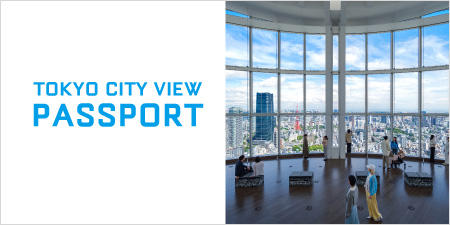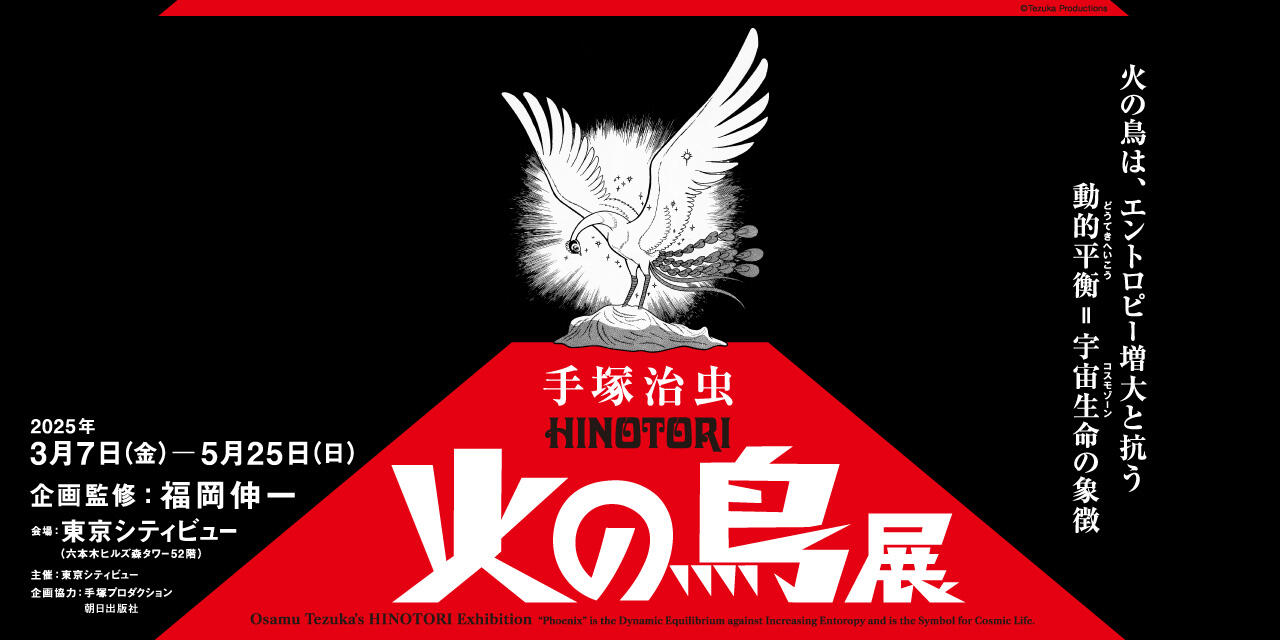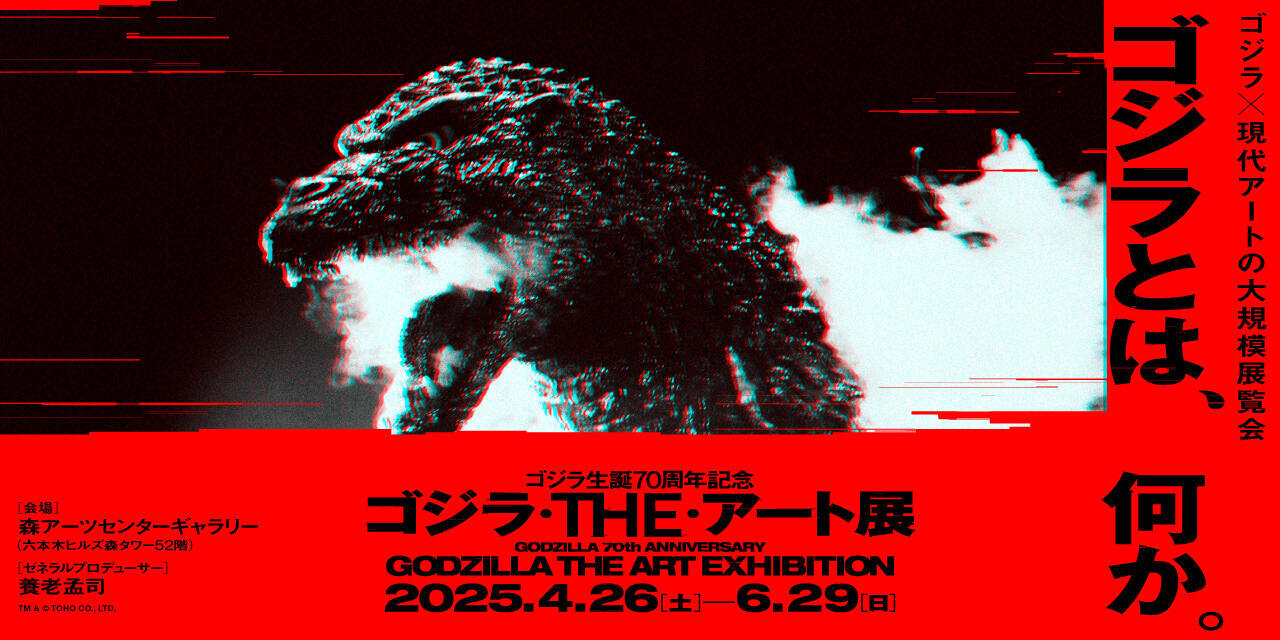Xiaxue and Erfei, Xian (from the series “I and I”)
| Artist | : | Kikuchi Tomoko (1973-) |
|---|---|---|
| Nationality | : | Japan |
| Year | : | 2012 |
| Material | : | Inkjet print |
| Size | : | 37.2 x 55.8 cm |
Kikuchi Tomoko graduated from Musashino Art University in 1996 and moved to Hong Kong in 1997, where she began working as a photographer. She relocated to Beijing from 1999, and has been based in Tokyo and Seoul since 2020. Against a backdrop of the various social gaps that have emerged during the rapid modernization, Kikuchi has created her work while living side by side with her subjects, such as young LGBTQ people struggling with loneliness and contradictions in their lives, the fishermen living off a big river, and drag queens who perform at funerals in rural areas. Her recent output includes a video project engaging in dialogue with people who are both perpetrators and victims of incidents or conflicts in recent East Asian history, as well as works in Kyushu in southern Japan exploring depopulation and the interlinked histories of Minamata Disease and North Korea. Through her practice, Kikuchi attempts to visualize the indomitable spirit of people who strive to overcome not only external pressures and contradictions but also their inner divisions in order to live true to themselves. In 2013, she won the Kimura Ihei Award, and the Prix Pictet Japan Award in 2015. Her work has been acquired by such institutions as Tokyo Photographic Art Museum, Kawasaki City Museum (Kanagawa, Japan), Fondazione Modena Arti Visive (Italy), and KADIST Art Foundation.
The “I and I” series deals with the LGBTQ people, especially drag queens, at the mercy of China’s rapid economic growth and the immense changes that have swept the country. It captures the shifting mindsets of the people that Kikuchi met in Beijing in 2005, then living on the fringes of society, as they begin to be accepted, and the young drag queens born after 1985 that Kikuchi has met in Chongqing since 2008, and who readily flaunt their identity. From Beijing to Shaanxi, Chongqing, Sichuan, and Hebei, the locations where the series is shot vary, but the moments from the everyday lives of the drag queens are conveyed with an intimacy only possible because a close friend was behind the camera, providing an up-close sense of their reality and verve.
-

Kikuchi TomokoXiaxue and Erfei, Xian (from the series “I and I”)2012Inkjet print37.2 x 55.8 cm
Kikuchi TomokoXiaxue and Erfei, Xian (from the series “I and I”)2012Inkjet print37.2 x 55.8 cm
Xiaxue and Erfei, Xian (from the series “I and I”)
| Artist | : | Kikuchi Tomoko (1973-) |
|---|---|---|
| Nationality | : | Japan |
| Year | : | 2012 |
| Material | : | Inkjet print |
| Size | : | 37.2 x 55.8 cm |
Kikuchi Tomoko graduated from Musashino Art University in 1996 and moved to Hong Kong in 1997, where she began working as a photographer. She relocated to Beijing from 1999, and has been based in Tokyo and Seoul since 2020. Against a backdrop of the various social gaps that have emerged during the rapid modernization, Kikuchi has created her work while living side by side with her subjects, such as young LGBTQ people struggling with loneliness and contradictions in their lives, the fishermen living off a big river, and drag queens who perform at funerals in rural areas. Her recent output includes a video project engaging in dialogue with people who are both perpetrators and victims of incidents or conflicts in recent East Asian history, as well as works in Kyushu in southern Japan exploring depopulation and the interlinked histories of Minamata Disease and North Korea. Through her practice, Kikuchi attempts to visualize the indomitable spirit of people who strive to overcome not only external pressures and contradictions but also their inner divisions in order to live true to themselves. In 2013, she won the Kimura Ihei Award, and the Prix Pictet Japan Award in 2015. Her work has been acquired by such institutions as Tokyo Photographic Art Museum, Kawasaki City Museum (Kanagawa, Japan), Fondazione Modena Arti Visive (Italy), and KADIST Art Foundation.
The “I and I” series deals with the LGBTQ people, especially drag queens, at the mercy of China’s rapid economic growth and the immense changes that have swept the country. It captures the shifting mindsets of the people that Kikuchi met in Beijing in 2005, then living on the fringes of society, as they begin to be accepted, and the young drag queens born after 1985 that Kikuchi has met in Chongqing since 2008, and who readily flaunt their identity. From Beijing to Shaanxi, Chongqing, Sichuan, and Hebei, the locations where the series is shot vary, but the moments from the everyday lives of the drag queens are conveyed with an intimacy only possible because a close friend was behind the camera, providing an up-close sense of their reality and verve.








